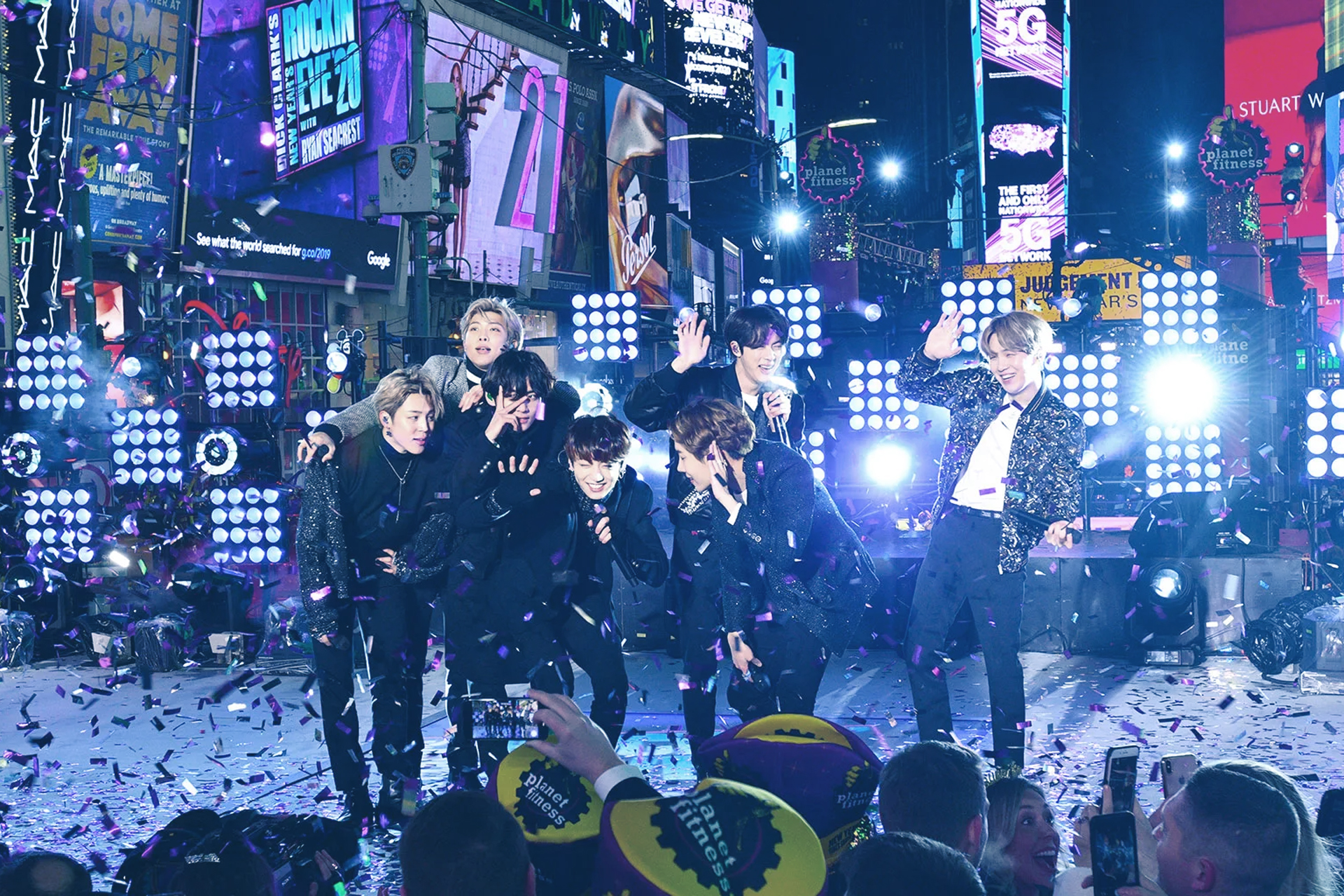K-Pop Conquered the World: A Timeline of Global Domination.
|

From Seo Taiji to BTS and beyond — discover how the K-pop industry rewrote the rules of global music.
K-Pop didn’t become a global powerhouse overnight. Behind every viral hit and sold-out stadium tour lies decades of evolution, experimentation, and persistence. From its humble roots in 1990s Seoul to topping the Billboard charts and headlining Coachella, K-Pop’s journey to world domination is nothing short of historic. Here’s how it happened.
1992 — The Beginning: Seo Taiji and Boys Revolutionize Korean Music
Everything changed when Seo Taiji and Boys debuted on national TV with “I Know (난 알아요).” Their fusion of hip-hop, rock, and Western-style dance music shocked a nation used to ballads and trot. Despite receiving low judges’ scores on their TV debut, the trio sparked a youth movement — and inadvertently laid the foundation for K-Pop.
Their success proved that Korean music could evolve, hybridize, and resonate with a new generation. Agencies soon followed suit.
1996–2005 — The Idol System Is Born
SM Entertainment, led by Lee Soo-man, introduced a new system: recruit young talent, train them intensely in dance, vocals, and languages, then debut them in polished groups. H.O.T., S.E.S., and BoA were early success stories.
BoA, in particular, broke through Japan’s tough music market in 2001 — an early sign of K-Pop’s international potential. The groundwork for cross-border success was being laid.
2006–2012 — YouTube Changes the Game
The launch of YouTube created a seismic shift. K-Pop agencies began uploading high-quality music videos with synchronized choreography, catchy hooks, and eye-catching visuals — and fans around the world took notice.
In 2009, Girls’ Generation’s “Gee” went viral in Asia. A year later, BIGBANG and 2NE1 exploded in popularity. But the true tipping point came in 2012 with:
2012 — “Gangnam Style” Goes Global
Psy’s “Gangnam Style” became the first YouTube video to hit 1 billion views. It was fun, satirical, and entirely in Korean — yet it dominated Western media.
Suddenly, everyone was talking about K-Pop. The industry took note: virality was no longer optional — it was a strategy.
2013–2017 — The Global Fandom Era Begins
New platforms like Twitter, Tumblr, and V Live allowed idols to speak directly to fans worldwide. BTS, a then-rookie group from a small agency (Big Hit), embraced this digital-first approach. Their message of self-love and societal reflection resonated deeply.
By 2017, BTS was performing at the American Music Awards and winning Top Social Artist at the Billboard Music Awards — beating Justin Bieber and setting a new global precedent.
2018–2020 — Stadium Tours, Billboard #1s, and Global Takeover
K-Pop officially went mainstream. BLACKPINK performed at Coachella. BTS sold out Wembley Stadium. EXO, TWICE, and NCT toured globally. K-dramas, K-beauty, and Korean food surged in popularity, boosting the entire Hallyu (Korean wave) phenomenon.
In 2020, BTS’s English single “Dynamite” topped the Billboard Hot 100 — the first K-Pop song to do so.
2021–2024 — The Expansion Era
Fourth-gen groups like Stray Kids, ATEEZ, NewJeans, and LE SSERAFIM broke international records from debut. K-Pop embraced diverse concepts, multilingual lyrics, and global partnerships (including with Western producers and luxury brands).
Streaming services like Spotify launched K-Pop hubs. TikTok challenges turned songs like “Cupid” and “ETA” into overnight hits. Korean music festivals popped up in LA, Paris, and Jakarta.
The Future: K-Pop as a Genre — and a Global Industry
Today, K-Pop is more than just music. It’s a full-fledged cultural export — backed by fashion, tech, and fandom economies. Its influence shapes how artists release music, connect with fans, and use social platforms. Western acts are even adopting K-Pop strategies: synchronized choreography, concept photos, album “eras,” and direct fan engagement.
As new artists emerge and boundaries blur, one thing is clear: K-Pop didn’t just go global. It reshaped global.

Leave a Reply